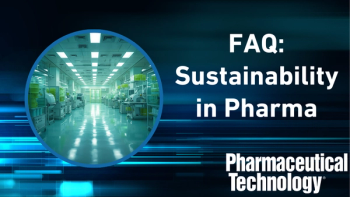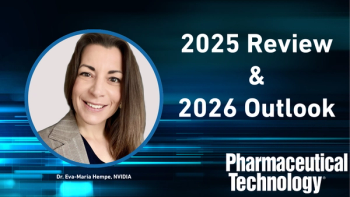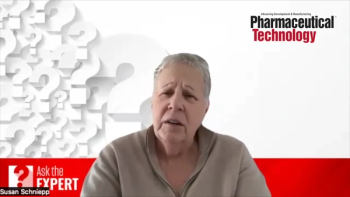
- Pharmaceutical Technology-05-15-2019
- Volume 2019 eBook
- Issue 1
Unknown and Unknowable
Quality cannot be verified through testing, especially at the limit of detection, and no test method can confirm the absence of a microbe or particle.
As Albert Einstein once wrote, “not everything that counts can be counted, and not everything that can be counted counts.” Current regulations seem to demand that instruments prove that a contaminant is not present, when all they can show is that it has not been detected. As the authors write, only strong validation, process control, quality management and training programs can help ensure that regulations are met or surpassed.
Article Details
Pharmaceutical Technology
eBook: Biologics and Sterile Drug Manufacturing 2019
May 2019
Pages: 4–9
Citation
When referring to this article, please cite it as R. Madsen and J. Agalloco, “Unknown and Unknowable," Pharmaceutical Technology Biologics and Sterile Drug Manufacturing eBook (May 2019).
Articles in this issue
over 6 years ago
Supply Chain Challenges for Single-Use Systemsover 6 years ago
Challenges with Successful Commercialization of Biosimilarsover 6 years ago
Test Methods and Quality Control for Prefilled Syringesover 6 years ago
Distinguishing Between Cleanroom Classification and MonitoringNewsletter
Get the essential updates shaping the future of pharma manufacturing and compliance—subscribe today to Pharmaceutical Technology and never miss a breakthrough.




